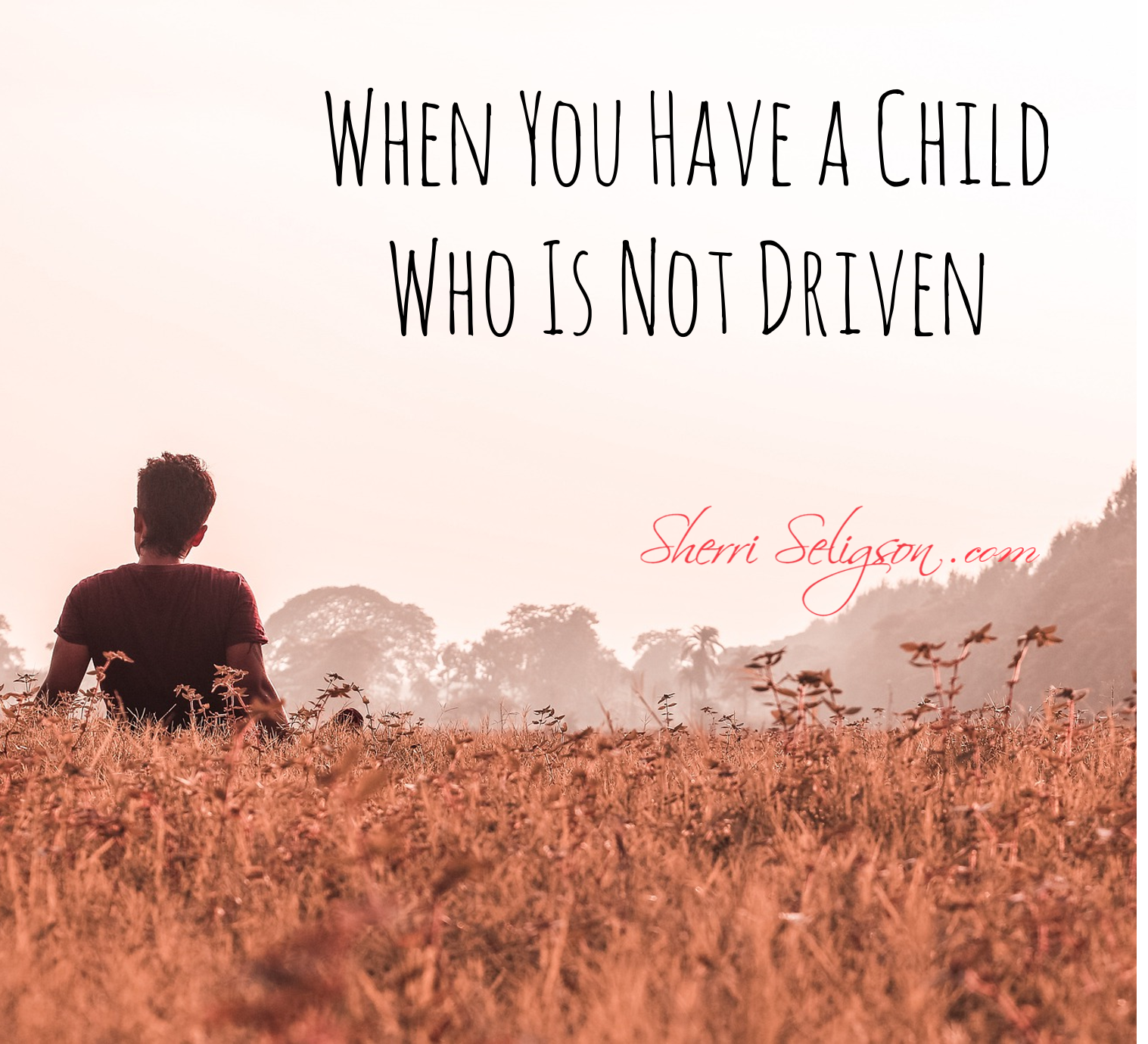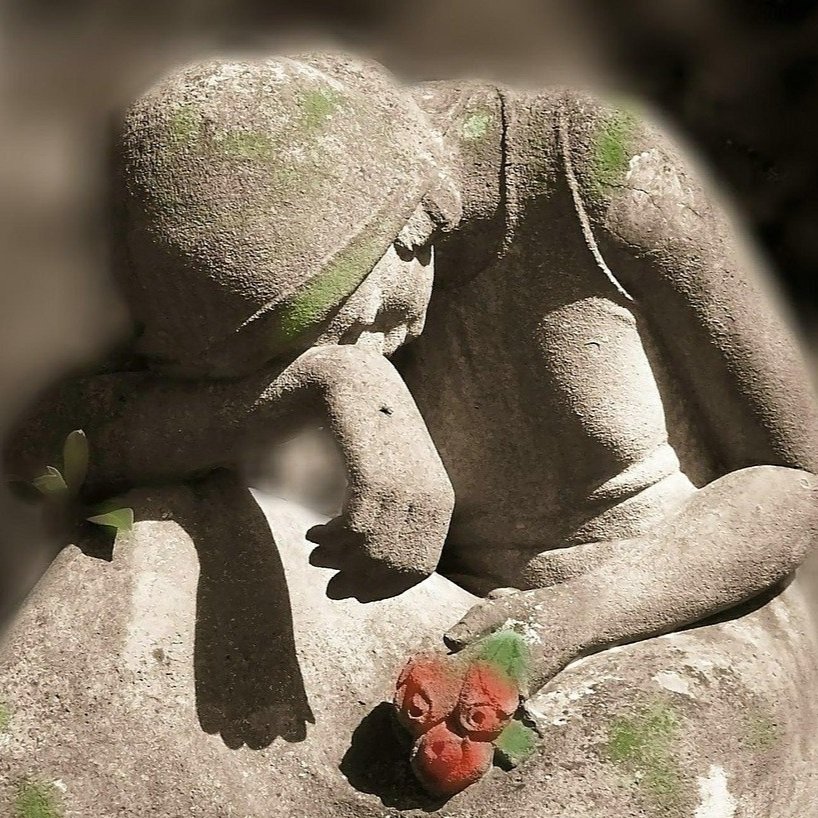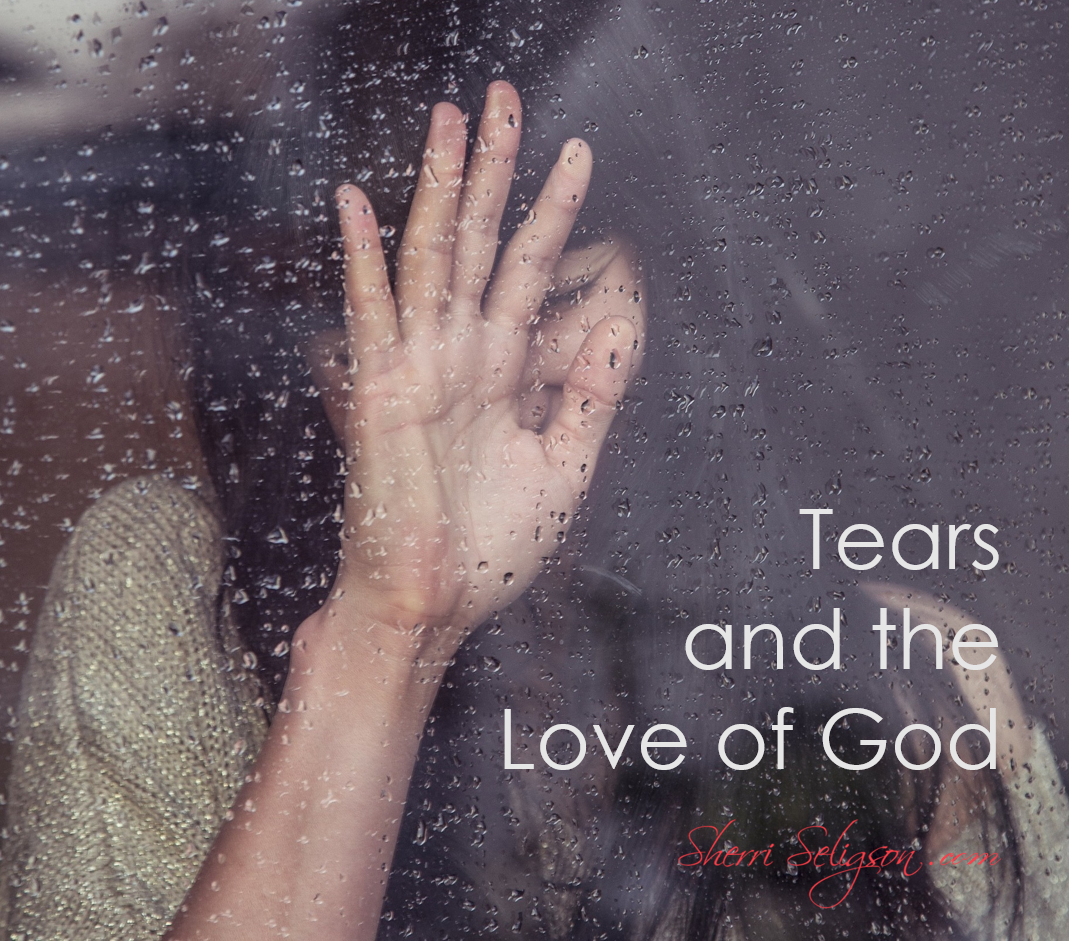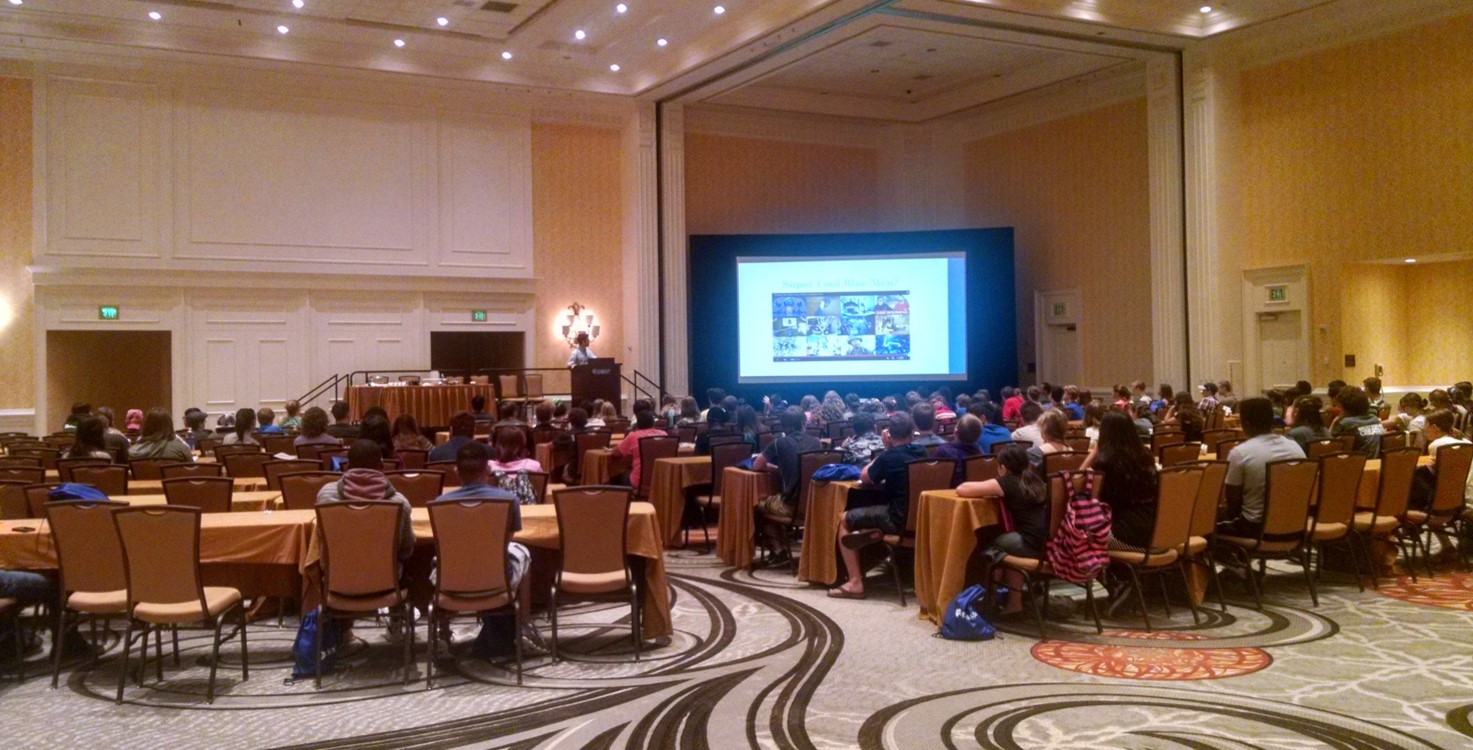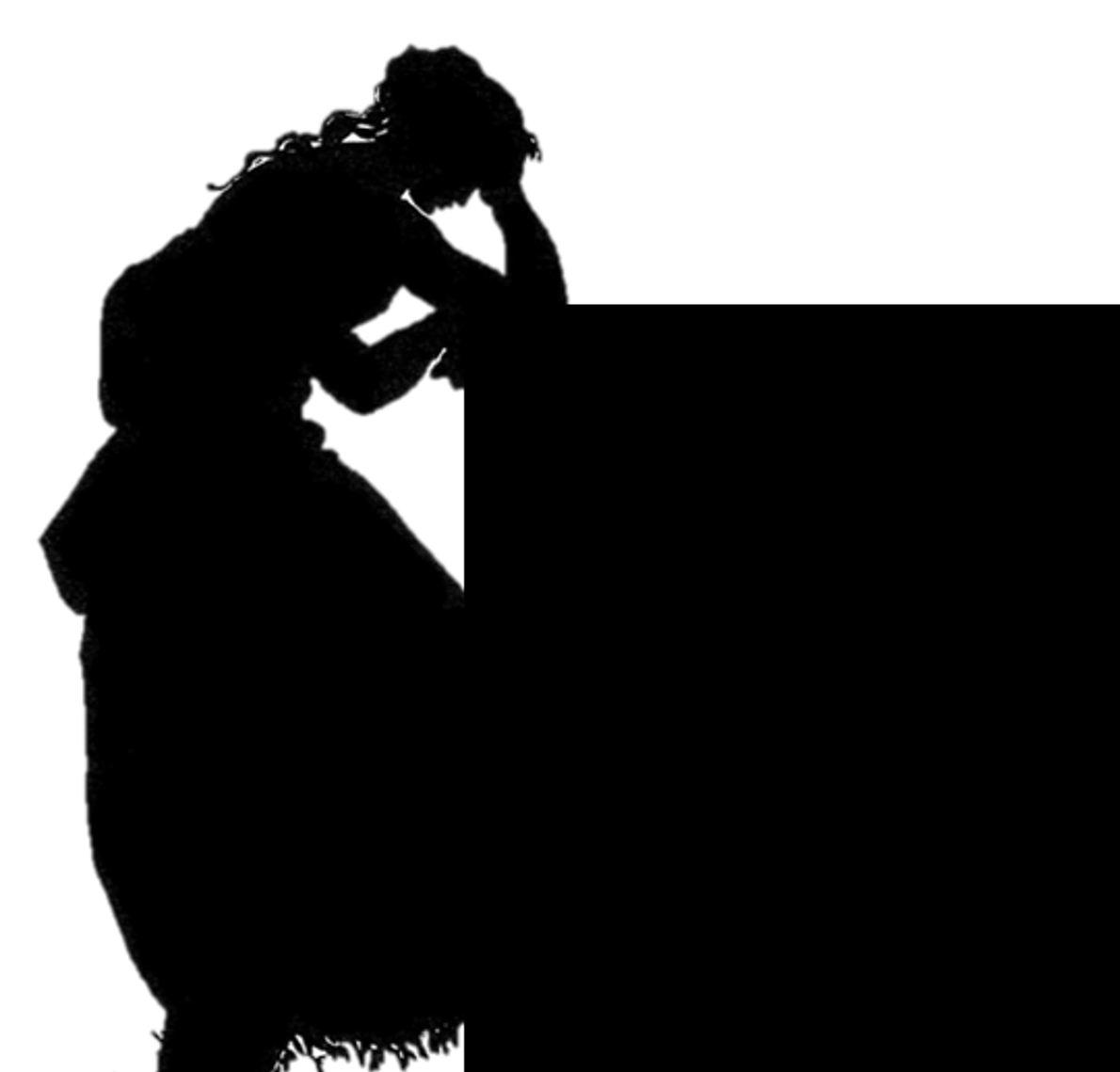
For me, it doesn’t really feel like full-on summer until we have passed the July 4th Independence Day celebrations. That holiday brings with it barbecues, picnics, outside family games, and slower days. But with several weeks of summer behind us, things can get a bit challenging when it comes to activities to keep the kids busy. School has been out for some time now, and the slower days can turn into boring ones for them. Heaven forbid they become…that dreadful word…BORED!

So, summer camps, vacation Bible school, craft camps, movie days, and planned play dates fill their calendars. I have talked with many parents who spend their spring stressing over how to keep their kids’ summer calendar full. But, believe it or not, kids need something more than that…actually, they need something LESS than that.
Why are we so afraid our children will become bored? Why do we go to such lengths to avoid that? “Bored” is actually a good thing for them. It makes them take control of their day and try to fill it up with their own ideas. Now, I am not referring to allowing them to spend entire weeks binge-watching television shows and playing unending video games. I am talking about letting them have excess time on their hands, with a few boundaries. With a whole afternoon ahead of them, and a “no electronics” ban once in a while, the expanse of time allows them to be creative.
They have time to dream. They have time to think. The feeling of “There’s nothing to do!” drives them to want to do SOMETHING. So they go outside and invent a game to play with a ball and some sidewalk chalk. They look at the tall bookshelves in the house and discover a brightly colored book that is interesting. They pull out some old toys and rediscover ways to play with them.
Still unsure that extra time is creative time? Have you ever asked your children to clean out an old toy box? It takes them three times as long as it needs to because they notice long-forgotten toys or an unopened craft kit collecting dust.

Let me encourage you to “plan” unplanned time for your children during these long summer days. Let them have down-time to think. Give them opportunities to have control of their own hours. But, of course, do it within your boundaries. Often assigning time away from computers and television forces them to use their amazingly creative minds. And if my children came to me with the words, “I’m bored!” I first gave them a few suggestions of things to do, and then I told them if they needed to tell me they were bored again, I would help them to fill their time by letting them do some weeding in the garden. That often helped “encourage” them to think of something else to do.
Think about it. When you remember back to a great summer memory, did it involve watching a television show? You rarely say, “Wow, that was the best summer day ever when we watched that rerun of the Brady Bunch!”
Of course not.
You remember the gigantic marble run you and your friends built out of cardboard boxes and whatever else you could find. You smile when you think back to that day when you made a homemade slip and slide out of a big piece of tarp and the garden hose.
Those are memories made from open-ended time.
So as the long summer days lay ahead of you, please try to give your children some unscheduled “boring” days. Let them go through the recycle bin to see what they can create. Assign them a chore of cleaning out the toy box, but call it a treasure hunt, asking them to find three items they forgot they owned, along with a show-and-tell of what they discovered.
And let them be children, even if it is just for one more year. There will be plenty of time for the busy-ness of summer SAT prep classes, part-time jobs, and other responsibilities. Let them have time to expand their minds by creatively USING them this summer! It will be more educational than you think, and perhaps build happier memories than any organized summer camp could.













 >
>





